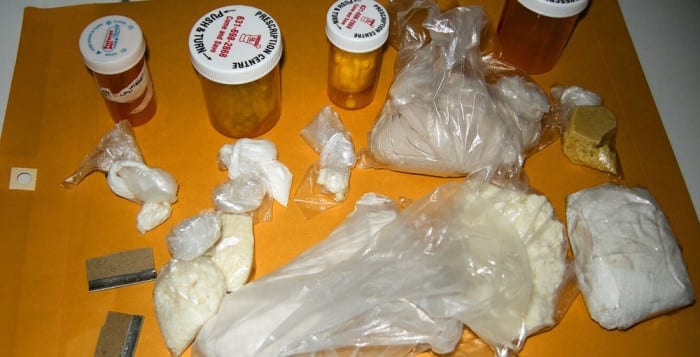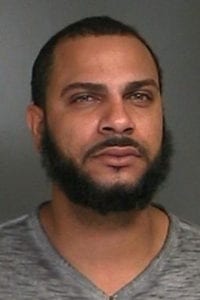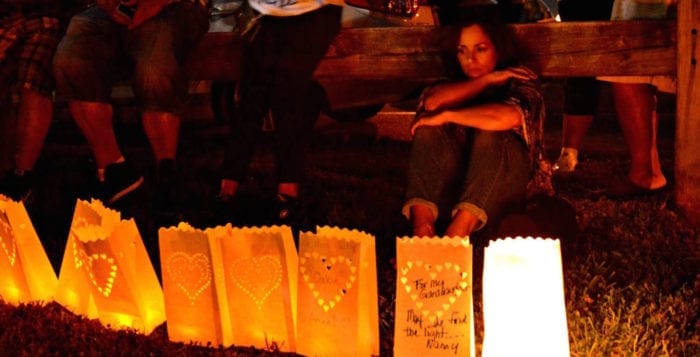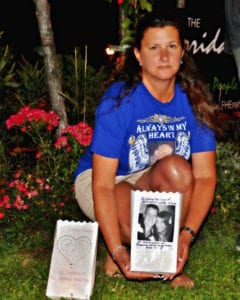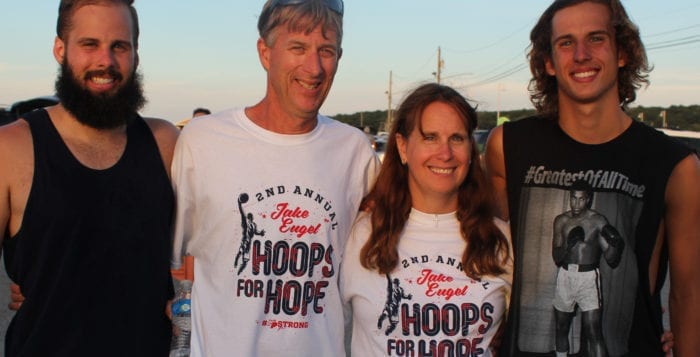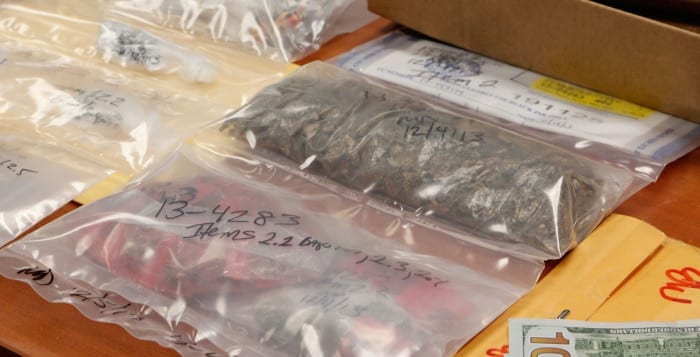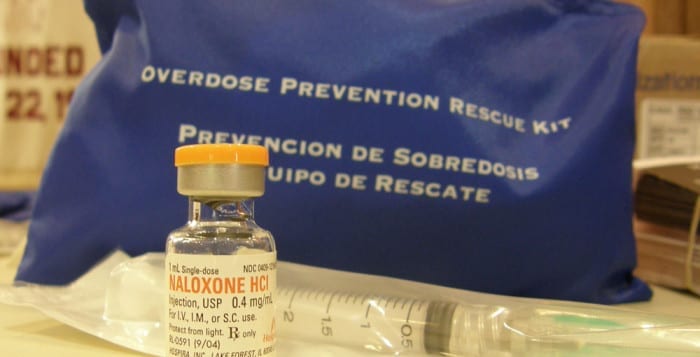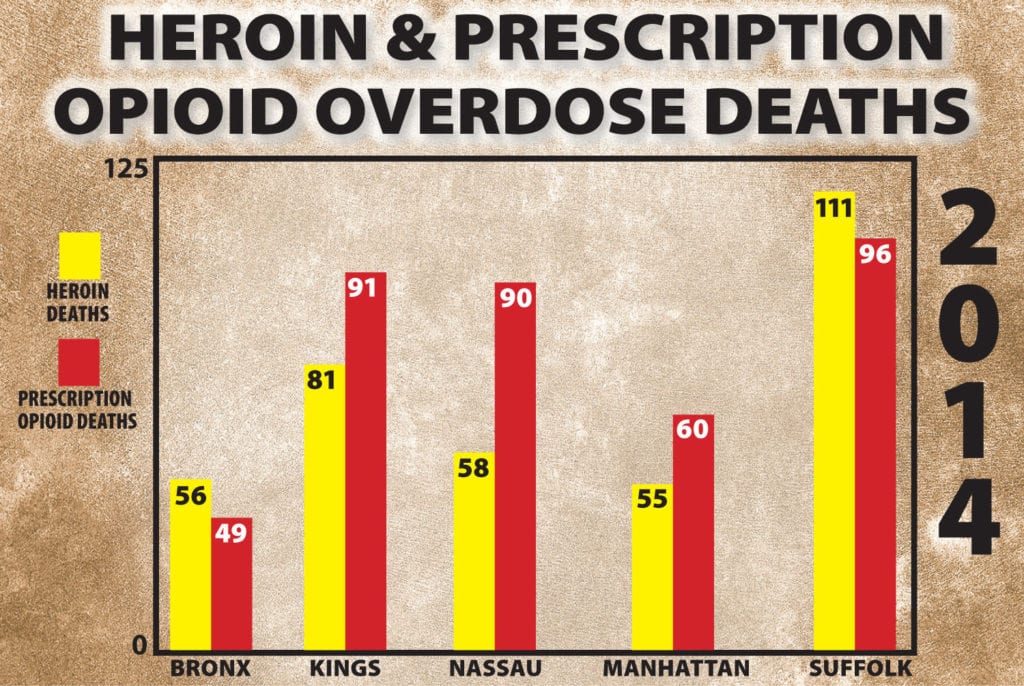
Suffolk County has a drug problem. And while it may be broken news, this is not breaking news.
Heroin and prescription opioid-related overdoses and deaths are increasing yearly across the nation, state and county, according to all available data, but the overall conversation lacks focus, those close to the issue have said. One Long Island man whose line of work leaves him with little insulation from the problem said it is worse than most would imagine.
Dan Moloney, who along with his brother Peter owns six Long Island locations of Moloney Family Funeral Homes, said in an exclusive interview that he believes the problem facing Suffolk County deserves a harsher spotlight. Moloney, who has an unenviable front row seat to the horrors that come from the addictive and powerful substance, said the problem reached a tipping point for him in 2009.
After a funeral for a Rocky Point student who overdosed, the Moloneys decided to try to use their platform to deliver an important message. They had posters made up with the words “Some kids are dying for a high” in bold letters on top of an image of a flower arrangement with a card that read, “With Deepest Sympathy, The class of ’10.” Below the image, the funeral director’s message read in part: “The last thing we want to see is a death that could have been prevented. Help us make sure we don’t.”
The Moloneys tried to distribute the posters to school districts around the Island, though they couldn’t find any takers.
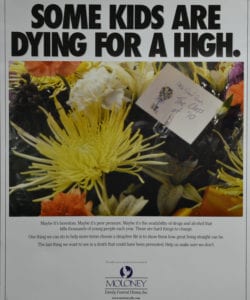
“Nobody wants to talk about it,” Dan Moloney said. “Nobody wants to hear from the funeral director.”
On the surface, in Suffolk County, it would appear heroin abuse is a daily conversation in one way or another, from politicians sponsoring initiatives to news outlets covering arrests and overdoses, to firsthand accounts from former addicts in various forms.
Moloney said he wouldn’t agree — not only is the problem receiving too little attention, he said, but also the wrong people are doing the talking.
“Are people sitting in the bleachers talking about the heroin problem?” he said. “But if their kid had some sort of disease, they’d be talking about it. They’d be doing fundraisers to help them find a cure.”
The two go hand-in-hand — heroin and opioids — or at least they should, Moloney said. Heroin is an illegal and highly addictive version of an opioid, according to the Centers for Disease Control and Prevention. However, statistics reporting deaths related to one or the other are not always paired.
The CDC’s website said health care providers wrote nearly a quarter of a billion prescriptions for legal opioids in 2013. Supply and demand for prescription pain medication doesn’t always dry up at the same rate. When the prescribed pills are gone and the desire for more lingers, the cheaper, stronger drug becomes a logical alternative.
In 2013, New York State’s Internet System for Tracking Over-Prescribing — Prescription Monitoring Program, also known as I-STOP/PMP, went into effect. The system works as a registry for practitioners to consult and track dispensed prescription histories for patients. The program has restricted supply of opioids to addicts, though it has done nothing to curb their demand. No tracking system exists for the neighborhood heroin dealer.
Moloney said one of his business’s facilities held funerals for three heroin overdose victims in just one day earlier this year. The closest comparison he could come up with to a public health concern inflicting that much damage in one day is a car crash that kills a vehicle full of people. He said that in some years, only two to three motorcycle-related deaths occur over the course of entire summer, which the public tends to find alarming, but that pales in comparison to heroin- and opioid-related deaths.
The difficulties in securing relevant and timely statistics on overdose-related deaths in New York State has contributed to undermining the understanding of the severity of Suffolk County’s problem, according to Moloney.
“Are people sitting in the bleachers talking about the heroin problem? But if their kid had some sort of disease, they’d be talking about it. They’d be doing fundraisers to help them find a cure.”
— Dan Maloney
“New York State is terrible,” he said about the state’s demographic record-keeping, which is an insight few could offer outside of the funeral business. “Three years down the road — the latest data you have is from three years ago. With the technology we have today, there’s absolutely no reason for that. And I know from colleagues that I have in other states, when you can’t get the information about how many deaths occurred in a certain place for two or three years, or what they were — because all of that is tracked — I just think the data that’s out there is antiquated and the situation is worse than the data they’re using shows.”
Father Francis Pizzarelli, director of Hope House Ministries in Port Jefferson, has been a regular contributor of insight and opinions regarding heroin and opioid addiction among young people in Suffolk County for about as long. He, like Moloney, said the problem is likely worse than anyone in the county realizes.
“The level of denial among parents continues to be deeply disturbing,” Pizzarelli wrote in a April 2016 column featured in this newspaper. Alcoholics Anonymous and Narcotics Anonymous, “which are a vital lifeline and network in our community for those working on recovery and wellness, have to worry that drug dealers are now waiting outside these meetings to prey on men and women in early recovery.”
Pizzarelli said his tipping point, much like that of Moloney’s, came in 2009. So far, though, he added, it has not been enough.
Suffolk County Police Commissioner Tim Sini said in May there were 103 fatal heroin overdoses in Suffolk County in 2015. New York State Comptroller Tom DiNapoli (D) released a report on June 9 saying there were more than 200 deaths in which heroin or opioids played a role in Suffolk County in 2014.
Regardless of how and when the deaths are identified with a specific cause or a contributing factor being opioids, one thing is clear to Moloney: the number is higher than we think.
According to the Suffolk County Police Department, since the act of administering the medication Narcan to reverse an opioid overdose became commonplace in August 2012, more than 630 saves have been recorded through Sept. 22.
In addition to conflicting stats, Moloney said an issue that he encounters is the stigma parents feel about losing a child to an overdose and what it might suggest about their aptitude as a parent. Most of the time, parents decline to immediately identify a heroin or opioid overdose as their child’s cause of death, he said. In fact, Moloney estimated that nine out of 10 parents whose child died of an overdose don’t address the issue and the cause isn’t added to a death certificate until about three months later, when lab reports are complete.
“It almost creates an environment where there doesn’t have to be an acknowledgement —not publicly,” Moloney said. “Of course there’s a lot of shame.”


